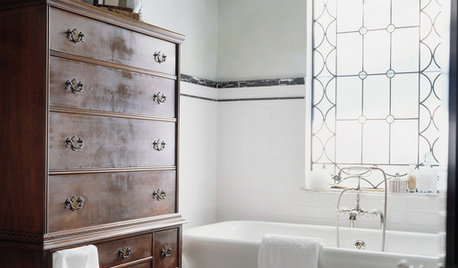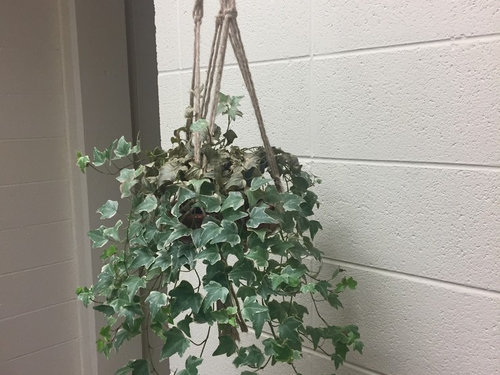My English Ivy is dying and I don't know why
annagracenguyen
7 years ago
Featured Answer
Sort by:Oldest
Comments (7)
tlbean2004
7 years agogoldstar135
7 years agoRelated Professionals
West Milford Landscape Architects & Landscape Designers · Folsom Landscape Architects & Landscape Designers · Graham Landscape Architects & Landscape Designers · Manhattan Beach Landscape Architects & Landscape Designers · Tomball Landscape Architects & Landscape Designers · Tempe Landscape Contractors · Bowie Landscape Contractors · Gresham Landscape Contractors · North Haven Landscape Contractors · Pahrump Landscape Contractors · Reedley Landscape Contractors · Salmon Creek Landscape Contractors · Selden Landscape Contractors · Raytown Landscape Contractors · Stanford Interior Designers & Decoratorstlbean2004
7 years agojentsu926
7 years agoJesse Shine
2 years agolast modified: 2 years agogardengal48 (PNW Z8/9)
2 years ago
Related Stories

GROUND COVERSNative Alternatives to English Ivy, Japanese Pachysandra and Periwinkle
These shade-loving ground covers are good for the environment and say something about where you are
Full Story
FUN HOUZZEverything I Need to Know About Decorating I Learned from Downton Abbey
Mind your manors with these 10 decorating tips from the PBS series, returning on January 5
Full Story
I. DIE. The Rachel Zoe Project Is Back
As Season 4 premiers we visit some fashion-forward rooms this tastemaker would appreciate
Full Story
DECORATING GUIDESA Handy Guide to English Antiques
Buying and owning old furniture is more fun and interesting when you know a little history
Full Story
FURNITUREMust-Know Furniture: The Grandfather Clock
This timeless classic is great for an entryway, an awkward corner, a bedroom and more. Learn how to make it work
Full Story
COLORHave You Heard the Hues? 15 Colors You May Not Know About
Name-drop these shades at holiday parties — or better, try one on your walls — and expand your palette possibilities
Full Story
WORKING WITH PROSWhat Do Landscape Architects Do?
There are many misconceptions about what landscape architects do. Learn what they bring to a project
Full Story
GREAT HOME PROJECTSWhat to Know About Adding a Reclaimed-Wood Wall
Here’s advice on where to put it, how to find and select wood, what it might cost and how to get it done
Full Story
GARDENING GUIDES9 Holly and Ivy Plants for Good Tidings in the Garden
Spread Christmas joy all year round with the gorgeous foliage and bright berries of these evergreen plants
Full Story












rhizo_1 (North AL) zone 7